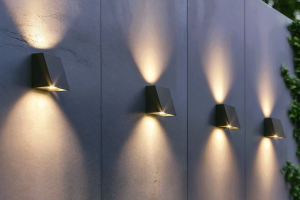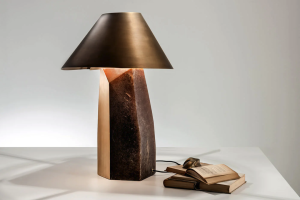Introduction
Light bulbs have come a long way since their invention in the 19th century. Today, we have a vast array of options to choose from, including different wattages, shapes, sizes, and colors. However, did you know that not all light bulbs emit the same color of light? In fact, the color of a light bulb is measured by a unit called the Kelvin scale. In this article, we will delve into the Kelvin scale and how it influences our choices in lighting.
What is the Kelvin Scale?
The Kelvin scale, also known as the color temperature scale, is a measurement of the color of light emitted by a light source. It is named after Lord Kelvin, a British physicist, who developed the concept in the late 1800s. The Kelvin scale ranges from 1000K to 10,000K and is measured in degrees. Lower Kelvin temperatures are associated with warmer, reddish colors, while higher Kelvin temperatures produce cooler, bluish colors.
Warm Colors
At the lower end of the Kelvin scale, we have the warm colors, which range from 1000K to 3000K. These are often referred to as “yellow” or “soft white” lights, and they are typically associated with a cozy and inviting atmosphere. Warm colors are commonly found in living rooms, bedrooms, and other areas where relaxation is desired.
Cool Colors
On the other end of the Kelvin scale, we have the cool colors, which range from 5000K to 10,000K. These are often referred to as “cool white,” “daylight,” or even “blue” lights. Cool colors are usually associated with a more energizing and stimulating atmosphere and are commonly found in workspaces, kitchens, and bathrooms.
How the Kelvin Scale Affects Our Choices in Lighting
When it comes to choosing the right light bulb for a particular room or task, the Kelvin scale plays a critical role. For instance, in a bedroom, we might want to use a warmer color temperature to create a relaxing ambiance. However, in a kitchen, we might want to use a cooler color temperature to ensure proper visibility when preparing food.
Another factor to consider is the type of activities that take place in a particular room. For instance, in a living room where you primarily watch television or read books, you might want to use a warmer color temperature to enhance the experience. However, in a home office where you work on a computer or do other tasks that require focus, you might want to use a cooler color temperature to reduce eye strain and increase alertness.
Conclusion
In conclusion, the Kelvin scale is an essential factor to consider when choosing the right light bulb for a particular space or task. By understandi



More Posts
Stunning Vintage Opaline Lights: Illuminating Homes with Timeless Elegance
Bringing Versatility to Light: Exploring the Benefits of Dual Light Technology
Shining Light on E14 Bulbs: The Ultimate Guide to Understanding and Using Them